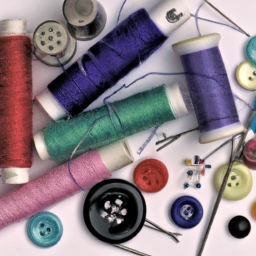
Introduction
Elastic is an essential sewing supply that is used in a wide range of projects. It is a flexible and stretchable material that can be sewn directly onto fabric to provide a perfect fit and added comfort. Whether you are working on clothing, accessories, or home decor items, having a good supply of elastic on hand is a must for any sewing enthusiast.
Types of Elastic
Elastic comes in various types, each suitable for different applications. Here are a few common types of elastic used in sewing:
- Knit Elastic: This type of elastic is soft, stretchy, and comfortable against the skin. It is perfect for waistbands, cuffs, and other areas that require a snug fit.
- Woven Elastic: Woven elastic is stronger and less stretchy compared to knit elastic. It is commonly used in heavy-duty applications such as bags, belts, and suspenders.
- Braided Elastic: Braided elastic is made by interweaving multiple strands of rubber or latex. It is durable, retains its shape well, and is suitable for swimwear, sports apparel, and other projects that require excellent recovery.
- Clear Elastic: As the name suggests, clear elastic is transparent and lightweight. It is ideal for delicate fabrics as it provides a barely visible finish.
- Fold-Over Elastic: Fold-over elastic has a center fold, making it easy to attach to edges. It is commonly used in garment sewing and frequently found on items like pajamas, underwear, and baby clothes.
Choosing the Right Elastic
When selecting elastic for your sewing projects, consider the following factors:
- Stretch: Determine how much stretch you need. Different projects may require different elastic with specific stretch and recovery characteristics.
- Width: The width of the elastic determines its strength and functionality. Narrow elastics are suitable for lightweight fabrics, while wider ones are more suitable for heavyweight materials.
- Color: Elastic is available in various colors to match your fabric or enhance the overall look of your project.
- Quality: Look for elastic that is made of high-quality materials to ensure it stands up to repeated use and retains its stretchiness over time.
Tips for Sewing with Elastic
Sewing with elastic can sometimes be challenging. Here are a few tips to help you achieve great results:
- Use the right needle and stitch: When sewing elastic, opt for a ballpoint needle to prevent fabric snags. Use a stretch stitch or a narrow zigzag stitch to allow the elastic to stretch without breaking the thread.
- Don’t stretch the elastic while sewing: It’s important to avoid stretching the elastic or fabric as you sew. Let the machine do the work and guide the elastic gently through the machine.
- Secure the elastic ends: To prevent unraveling, secure the ends of the elastic with a few extra stitches or create a small fabric casing to encase the ends.
- Test on scrap fabric: If you’re unsure about the tension or stitch length, test the elastic on a scrap piece of fabric before sewing it onto your final project.
Conclusion
Elastic is a versatile sewing supply that adds functionality and comfort to your projects. With various types available, you can find the perfect elastic for any sewing endeavor. By choosing the right elastic, understanding its properties, and implementing proper sewing techniques, you can achieve professional-looking results and create garments and accessories that are both fashionable and comfortable. So, stock up on sewing supplies elastic and let your creativity soar in your next sewing project!
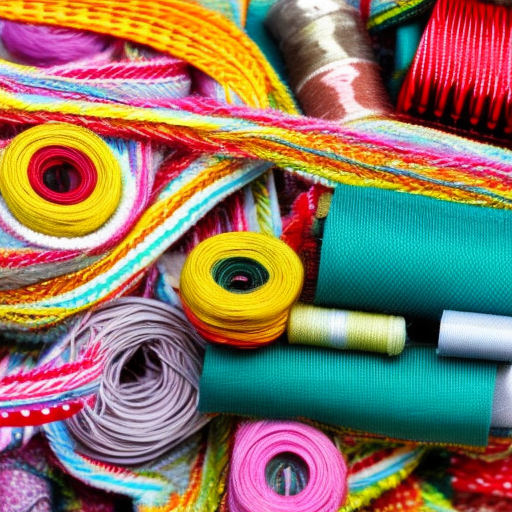
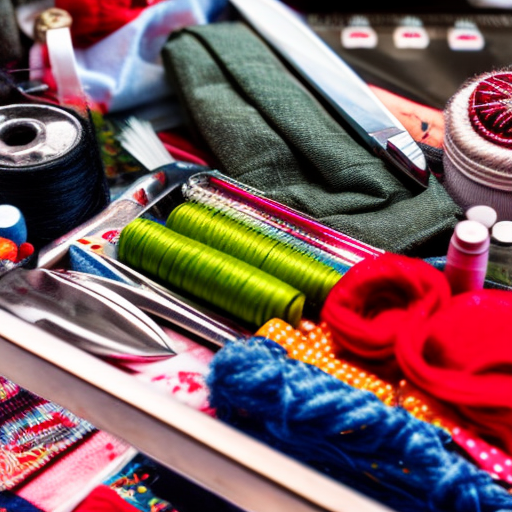

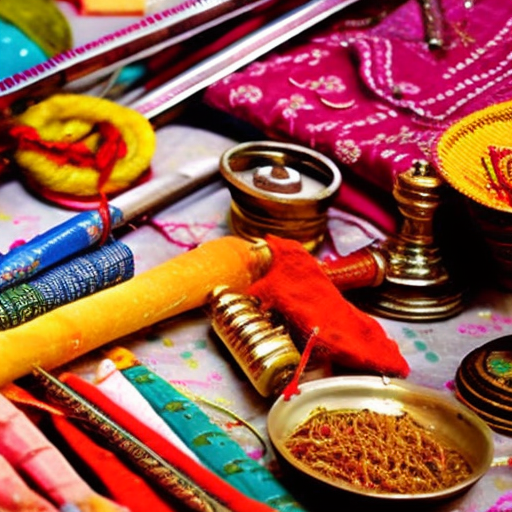
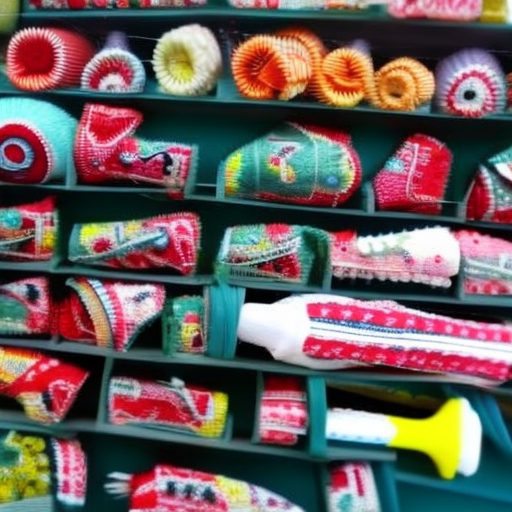
Perfect for my project!
Felicity White: Brilliant for my crafts!
Awesome! So many craft possibilities with this elastic!!
I’ve been looking for elastic like this!
What a great find!
One comment to rule them all… This elastic looks like it has endless possibilities – perfect for any project or craft!
I’m getting some of this elastic too! It looks like a great quality and perfect for any craft!
I can’t wait to join the crafting fun and use this elastic!